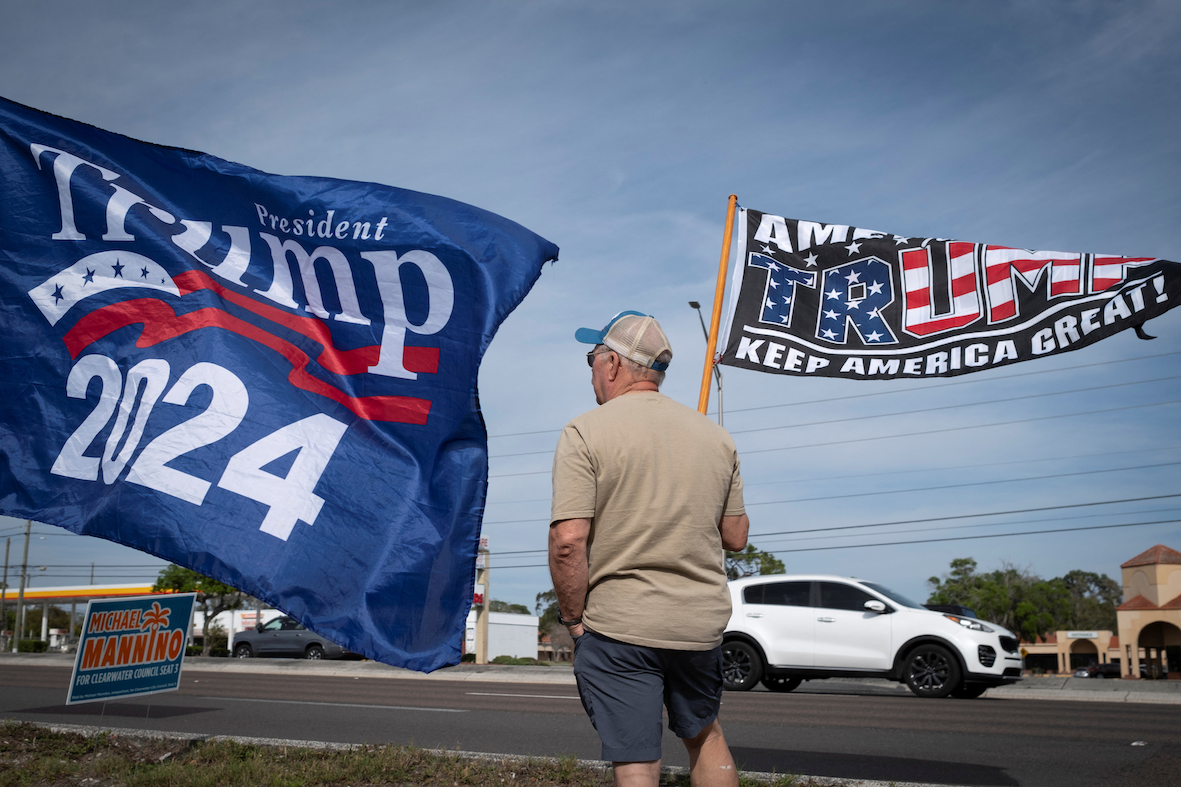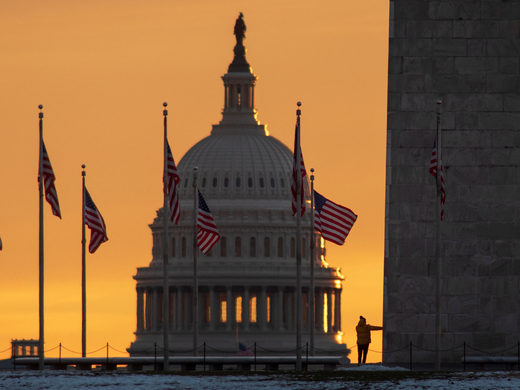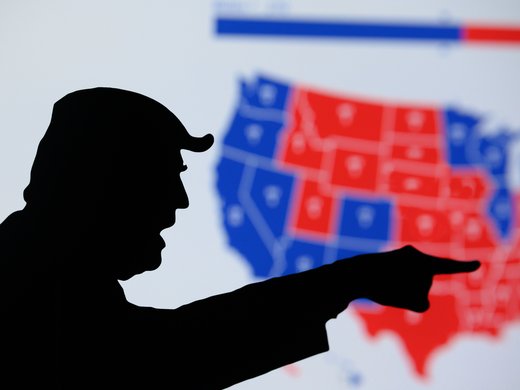Fewer than nine months now separate the world from a possible second Trump presidency. Despite facing multiple criminal cases and widespread media condemnation, Donald Trump is favoured to return to the White House in 2025. To say the former president is a divisive figure would be an understatement. For his critics, Trump’s return to power would mark the end of democracy and the rise of a new kind of fascism. For his supporters, Trump is an American nationalist who will “put America first.” In fact, Trump’s political message is quite simple: America’s elites are incompetent.
Whether the issue is the refugee crisis on the country’s southern border, the hollowing out of America’s manufacturing sector or the recurring mishandling of US military power abroad, Trump’s overarching argument is that citizens of the United States have been the victims of elite mismanagement. And there is certainly truth to this: in 2024, the United States is arguably a shadow of its former self. Beset by economic inequality, mass incarceration, rising homelessness and drug addiction, the world’s greatest democracy, so-called, is now routinely described as a plutocracy. Indeed, many now predict the end of the US dollar as the world’s reserve currency, within this decade or the next.
Outside the United States, the world looks increasingly to China. Even as China has replaced the United States as the world’s largest trading nation, its share of global production is now three times that of the United States, six times that of Japan and nine times that of Germany. China leads the world in infrastructure development, telecommunications equipment, commercial drones, high-speed rail, Internet of Things devices, electric vehicles, mobile payments, renewables and smart cities. More to the point, China is now the world’s pre-eminent manufacturing superpower.
On Domestic Policy
Trump, meanwhile, promises to restore the American economy by building new walls. This plan includes closing the southern border, ending immigration and introducing a fresh round of tariffs on Chinese exports. Setting aside the wisdom, or lack thereof, in these policies, it’s hard to argue that new ideas aren’t needed. After decades of swelling deficits fed by $8 trillion in war spending, the United States is now $34 trillion in debt and challenged by massive demographic changes.
In addition to reshoring US manufacturing, the major policy goal for a second Trump administration will undoubtedly be confronting illegal immigration. Estimates are that there are between 10 and 12 million illegal migrants living and working within the country. Trump promises to forcibly remove America’s illegal migrants. Apart from the huge difficulties and impracticality of expelling millions of people from the United States, Trump’s instinctive ethno-nationalism could mean dramatic and even violent changes ahead.
Hostile to multilateralism and international agreements in general, Trump has demonstrated little interest in working with nations outside the United States.
On Foreign Policy
A second Trump presidency would likely mean a much more isolationist foreign policy as well. Decades of “forever wars” in West Asia have left average Americans exhausted and wary of the outside world. As US journalist Anne Applebaum writes, a second Trump presidency could very well mean the end of the North Atlantic Treaty Organization (NATO). In Trump’s view, NATO is obsolete.
Hostile to multilateralism and international agreements in general, Trump has demonstrated little interest in working with nations outside the United States. In his first term, the former president withdrew the United States from the Iran nuclear deal, the Trans-Pacific Partnership, the Paris Agreement on climate change, the Intermediate-Range Nuclear Forces Treaty, the UN Human Rights Council and the World Health Organization. One wonders whether he would seek to leave the United Nations altogether.
Applebaum concludes that a second Trump administration would almost certainly mean an end to the US-led rules-based international order. In truth, American influence in the world has been receding for some time. In a recent interview with the International Monetary Fund, Cambridge historian Gary Gerstle contends that the neo-liberal political order rooted to Pax Americana is already over. Indeed, most Americans clearly sense this. According to a recent poll by the Pew Research Center asking Americans to predict their country’s influence in 2050, 60 percent responded that the United States would be less important.
Competing in a Multipolar World
Notwithstanding Trump’s history of bombastic rhetoric, a second Trump administration will likely be focused on rivalry with China. China is now moving its enormous industrial capacity up the global value chain in an effort to dominate frontier technologies. According to the Australian Strategic Policy Institute, China now leads the world in cutting-edge research and development. The country’s recent achievements in semiconductor design and manufacturing suggest that Beijing's industrial policies are working.
Indeed, the real challenge facing the United States is a Chinese-led multipolar order. If the United States and other Western nations hope to compete in this new era, they will need to rebuild their manufacturing capacity. In fact, both Trump and Biden appear to understand this. Focusing their political capital on rejuvenating American manufacturing, both presidents have introduced policies that mirror Beijing’s industrial planning. As Treasury Secretary Janet Yellen and National Security Advisor Jake Sullivan have made clear, industrial policy is the centrepiece of a new economic order.
In fact, geopolitical leadership has always been predicated on leadership in trade and manufacturing. If the United States is to regain its competitive standing on the global stage, it will need to deploy massive investments at home. With 60 percent of the world’s 5G (fifth-generation) mobile network base stations, 50 percent of installed industrial robots and 66 percent of the world’s high-speed rail, China is now moving to supplant America’s lead in the one area that matters most — advanced technology.
By embracing a comprehensive approach to rebuilding American manufacturing, a second Trump administration could position the United States as a major trading power once again. Building on Biden’s efforts to support domestic technology production, this would mean making enormous strategic investments in infrastructure, energy and human capital. Whether Trump has the administrative capacity to rebuild American manufacturing, should he be elected, remains to be seen. Given the scale of US decline, Americans had better hope so.



